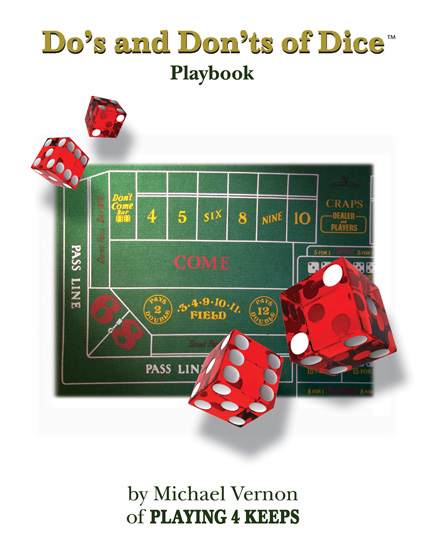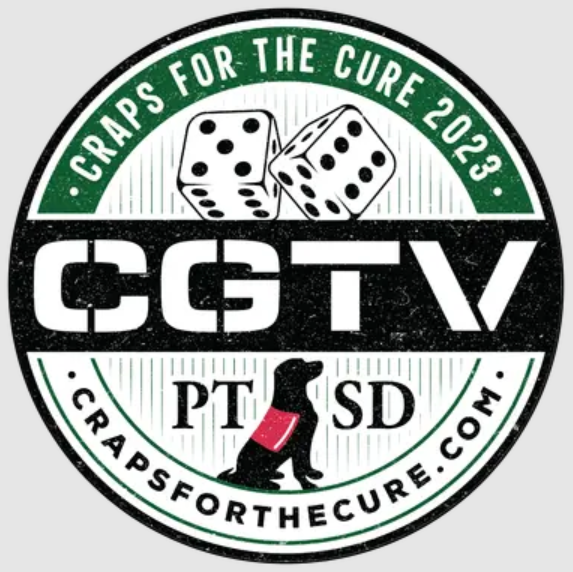|
What About the Gaps?
BY: The Professor & A Student
EDITORS NOTE: The following is an email conversation that The Professor (Michael Vernon) had with a student. The professor's responses are in italics.
Professor Michael:
Thanks for the links you sent me for your newsletter, very interesting to read. I really liked the part where you are talking about the series of events that happens when I first pickup the dice until I either make my point, or throw a 7 is about 3.37 rolls.
This is the reason I wanted to play the come out with my place bets working. If I wait and do not play the come out then there are only 2.37 rolls left for me to get a hit on. Am I all wet?
It is more complicated. There is the math and then the rules of the game. The math does not consider a game. It is just the numbers and their possibilities. Math explains the possibilities as the probability of two six sided dice rolling with all the possible out comes out of thirty-six rolls. The rules of a craps game say the game ends on a seven. However, not all sevens end the game. Some sevens occur on a come out roll. The rules of the game hinge on the math, not the other way around.
On seven being thrown on come out, the math is 16.67% for a seven to be rolled. Then what would be the odds or percent of me throwing a second seven?
The odds are always the same. There are some players believing that since a particular number has rolled that it has satisfied the math for that number. They falsely assume that if the same number were to roll again that the odds change. If you carefully examine a pair of dice and watch them for three hours, they will not move. They will just sit there, waiting patiently, until someone picks them up and chucks them down the layout. All the while as dice are sitting there, waiting to be tossed, they are not focused on remembering the last number rolled to add to their "little record book" of numbers rolled. Dice have no memory. Dice are dumb.
The part where Hawaii Mike shows the gap
0
1
2
3
4
What is the Gap? It is the first roll?
Thanks!
The gap is the number of rolls in between the sevens. A zero gap occurs with two or more sevens back to back. In Mike's mathematical trial there is no beginning or ending of a game. It is just the record of over 666,000 outcomes from the random number generator that Mike created. The article Mike in Hawaii wrote was intended to explain games when a shooter rolls for example 48 times without a seven the gap between sevens is 48.
Yes it does happen in a real game. I explain this occurrence as an expression of metaphysical conditions. Mike explained it as math. As far as I am concerned, Mike satisfies my theory of metaphysics with his math. Dice do not know to roll six sevens every 36 times and only one twelve, for example.
In thirty-six rolls you are very unlikely to get exact outcomes as described by probability. However, after 2.5 million rolls you will. In addition the data will disclose the gaps between numbers, for example the seven, which is sometimes way out of probability. But in the end the math all works out.
If you have a very long roll without sevens, the math will even up by having a bunch of short rolls, shorter gaps between sevens. Because of the longer rolls and their infrequent occurrence, we tend to see shorter hands and choppy games.
The long hands with large gaps between sevens are occasional in comparison. The actual math does not support what I just said, but metaphysics does and so did Mike In Hawaii's "machine".
Again, when you think of any session as just a continuance of a 2.5 million roll game, maybe it begins to make sense?
The articles referred to are found in October 2006 issue of Playing 4 Keeps Newsletter for Winners and August 2007.
Click Here to return to the list of prior articles ...
|
 |










